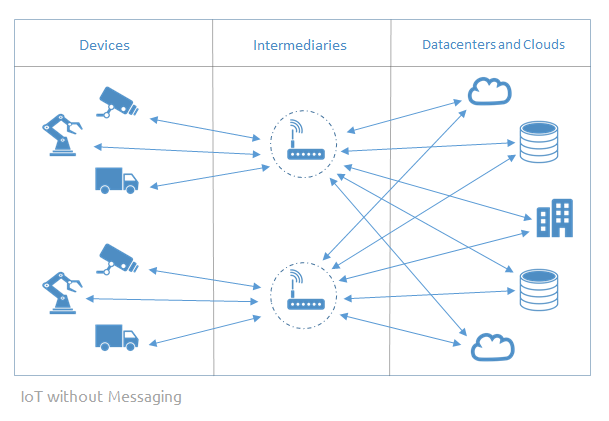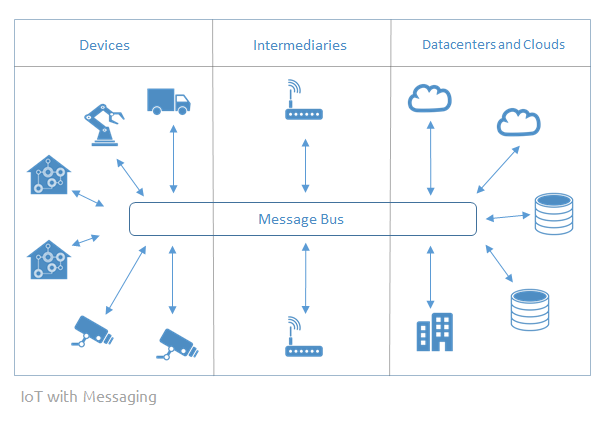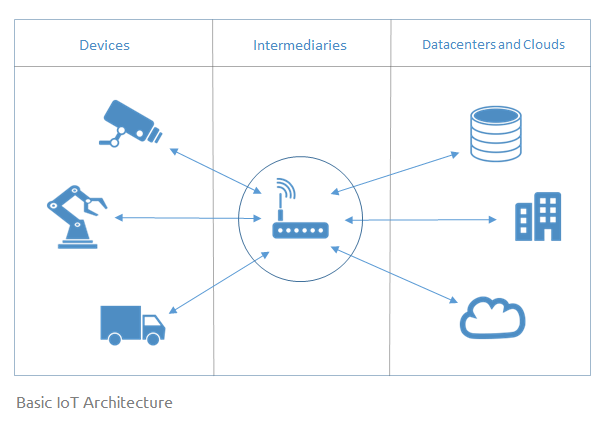The number of devices connected to the Internet of Things (IoT) surpassed the number of smartphones and personal computers some time ago, and will overtake the number of people on the planet this year. Gartner estimates that over 20 billion devices will be connected to IoT by 2020, growing at about 30 percent annually.
Most IoT projects involve only a few hundred or thousand connected devices, but even a seemingly simple application can require hundreds of thousands of connections between devices and generate millions of information updates a second depending on the frequency of updates from those devices.
An IoT architecture with many devices, intermediary nodes (where aggregation and processing may occur) and back-end systems like applications and analytics engines was once an extreme example of distributed computing, but is the new norm.
With so many nodes as part of a single application, you can be sure that something will always be wrong somewhere – devices will need repair, the aggregating nodes will break or reach capacity, or some datacenter asset will be offline. At any given time, 99% plus of the entire system will behave as expected, but the problem that needs attention will always be different and fluid. And it’s critical that your IoT application run seamlessly whether all the components of the system are working perfectly or not.
Decoupling Equals Messaging


Conclusion
There are many more details related to IoT and messaging like message exchange patterns, protocols and APIs like MQTT, REST, JMS, AMQP and more. Check out my blog post “Understanding IoT Protocols – Matching your Requirements to the Right Option” to learn more which might be right for your applications.

 Solace
Solace

